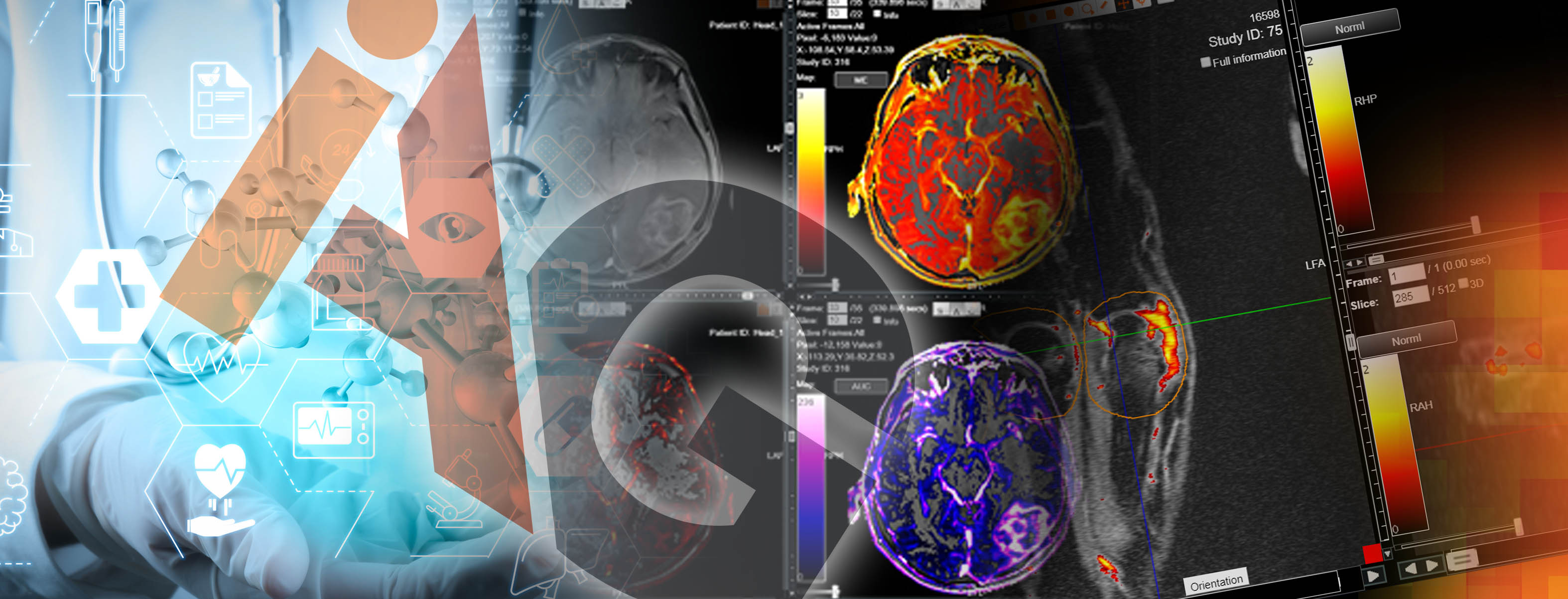

Machine learning with neuroimaging data to identify autism spectrum disorder: a systematic review and meta‑analysis
Revolutionizing Autism Spectrum Disorder Diagnosis: Machine Learning and Neuroimaging
A groundbreaking meta-analysis published by Da-Yea Song, Constantin-Cristian Topriceanu, Denis C. Ilie-Ablachim, Maria Kinali, and Sotirios Bisdas highlights the promising role of machine learning (ML) combined with neuroimaging data in diagnosing Autism Spectrum Disorder (ASD). This research offers exciting prospects for drug developers and clinical researchers in the field of neurodevelopmental disorders.
Key Findings:
-
High Diagnostic Accuracy: The meta-analysis reveals a pooled sensitivity of 86.25% and specificity of 83.31% for differentiating ASD from typically developing individuals, with a combined area under the ROC curve of 0.889.
-
Enhanced Performance: Studies combining multiple imaging modalities showed greater pooled sensitivity (94.12%), suggesting the value of multimodal approaches in ASD diagnosis.
-
Age-Related Insights: The accuracy of automated ASD diagnosis appears higher in younger age ranges, emphasizing the potential for early detection and intervention.
-
Reproducible Neuroimaging Features: The study identified consensus brain regions important for ASD diagnosis, including previously underreported connections in the cerebellum and supplementary motor cortex.
Implications for Drug Development:
-
Objective Biomarkers: ML-based neuroimaging analysis provides objective biomarkers for ASD, potentially accelerating drug discovery and clinical trial processes.
-
Patient Stratification: The ability to detect subtle brain differences could lead to better patient stratification in clinical trials, improving the likelihood of successful outcomes.
-
Early Intervention Opportunities: Higher diagnostic accuracy in younger individuals opens avenues for developing and testing early intervention therapies.
-
Personalized Medicine: The granular insights provided by ML analysis can support the development of personalized treatment approaches for ASD.
While these findings are promising, the study also highlights the need for larger-scale studies and further optimization before broad clinical implementation. As a partner to life sciences companies, IAG’s expertise in medical imaging and its Dynamika™ platform can help leverage these advancements to de-risk clinical development and accelerate the delivery of innovative therapies for ASD patients.
For more information on how IAG can support your ASD-related drug development efforts, contact imaging.experts@ia-grp.com.
